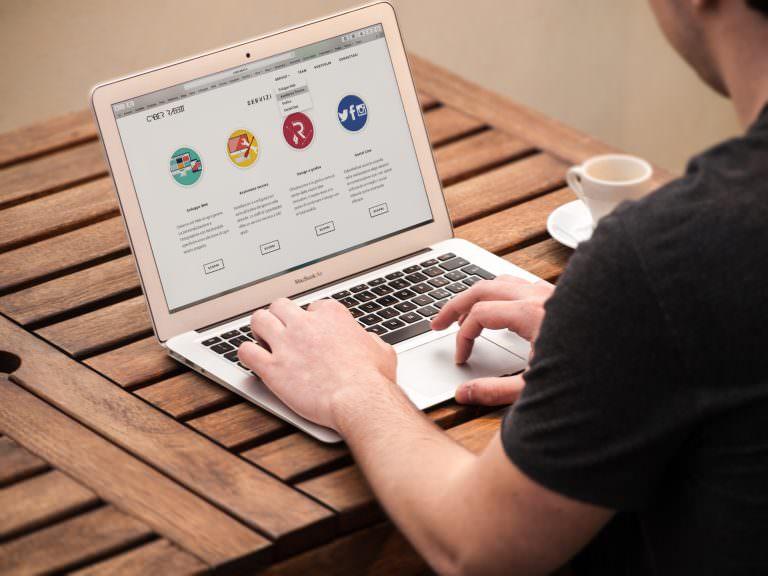4 Tips for Positive User Experience


While there are exceptions, generally speaking, the better experience that users have on your site, the more popular and profitable it will be. From the most recent tweaking of Google’s search engine algorithm (“Hummingbird”) to best practices for web design, there are many good reasons to design first and foremost to create positive user experience (commonly referred to as “UX”). Fortunately, creating a better user experience is often as simple as making minor or even superficial changes to your content.
Make Services Accessible on Your Website
The importance of accessibility in web design cannot be overstated. If you have an online store, coordinate a newsletter mailing list or any similar services that you want visitors to interact with, it’s important to understand accessibility. The more accessible those interactive elements are on your page, the more likely people will use them. By contrast, if your newsletter sign up is tucked away in the recesses of one of your less popular pages, it may as well not exist at all.
Unfortunately many designers have taken this concept and gone overboard with it causing an excess of accessibility. And that can ultimately have a negative impact on your users’ experiences. Although having a newsletter sign-up prompt on every other page is bound to increase sign-ups, too many prompts can be an eyesore to returning visitors. While the route to using your services should be simple and unavoidably obvious, it shouldn’t come at the cost of the overall user experience quality.
Additionally, consider letting users sign in to your service with one of their preexisting accounts, such as Google or Facebook. Apart from convenience, an integration with larger member platforms is bound to create a surge in user activity. Visitors who don’t want to sign up or sign in as a member of yet another service, don’t mind just a couple of clicks to connect via one of their other existing accounts.

Social Proofing Your Website
When consumers start to think about doing business with your site, the first thing they do is make an evaluation of your brand to evaluate your authority and trustworthiness. “Social Proof” is a major factor in that evaluation. According to one iPerceptions study, 63 percent of consumers are more likely to purchase from a site with social proofing.
So if you have hundreds or thousands of followers on your social networking profiles, don’t hesitate to proudly display those numbers on your site. Aside from adding to the authority and trustworthiness of your content, it also serves to bring new users into the fold with one click access to your social network profiles.
Clickable Logos
Use a clickable logo so that visitors can return to your home page without having to search around in their browser history or waste time scouring your site for another link. There’s nothing that ruins a positive user experience like getting lost on a page and having to search for a way out. Your design should feel as intuitive as possible and a clickable logo is an obvious shortcut for many.
Analyze and Use Your Website Data
If you gather site metrics through services such as Google Analytics, don’t just admire your data. Analyze and use it! Site metrics give you detailed insight into how people use your site and experience your services:
What search terms do people use to find you?
Why do some of your pages have unusually high bounce rates?
What pages do people spend the most time on?
If you spend a few minutes reflecting on your metrics, you’ll be able to find page elements that need fine-tuning. Always keep in mind that a poorly designed environment that detracts from a positive user experience can be a barrier regardless of the excellent substance that might otherwise make up your site.
Endertech is a Los Angeles Web Developer able to provide solutions for your Website Design needs such as creating a better user experience. Contact us for a free consultation.
